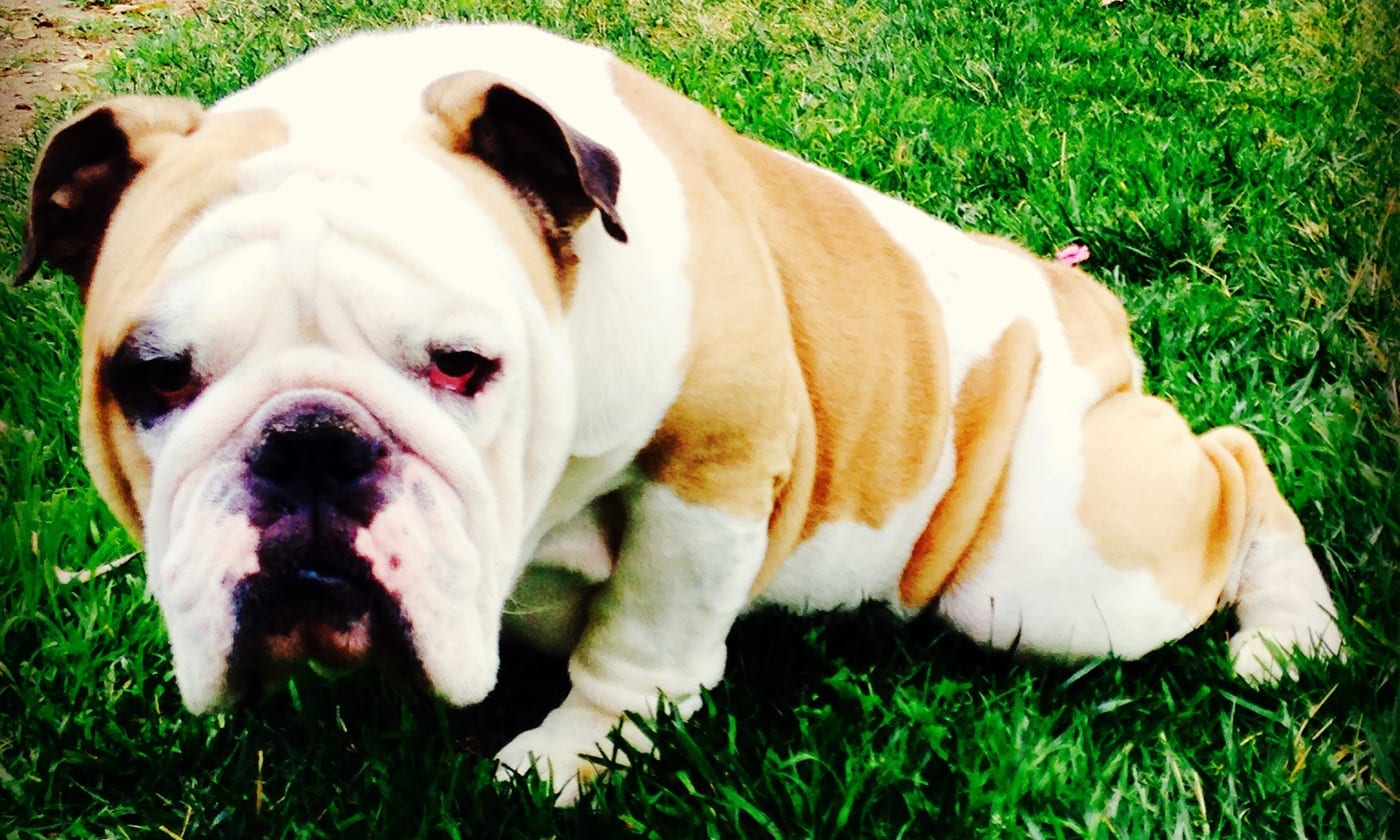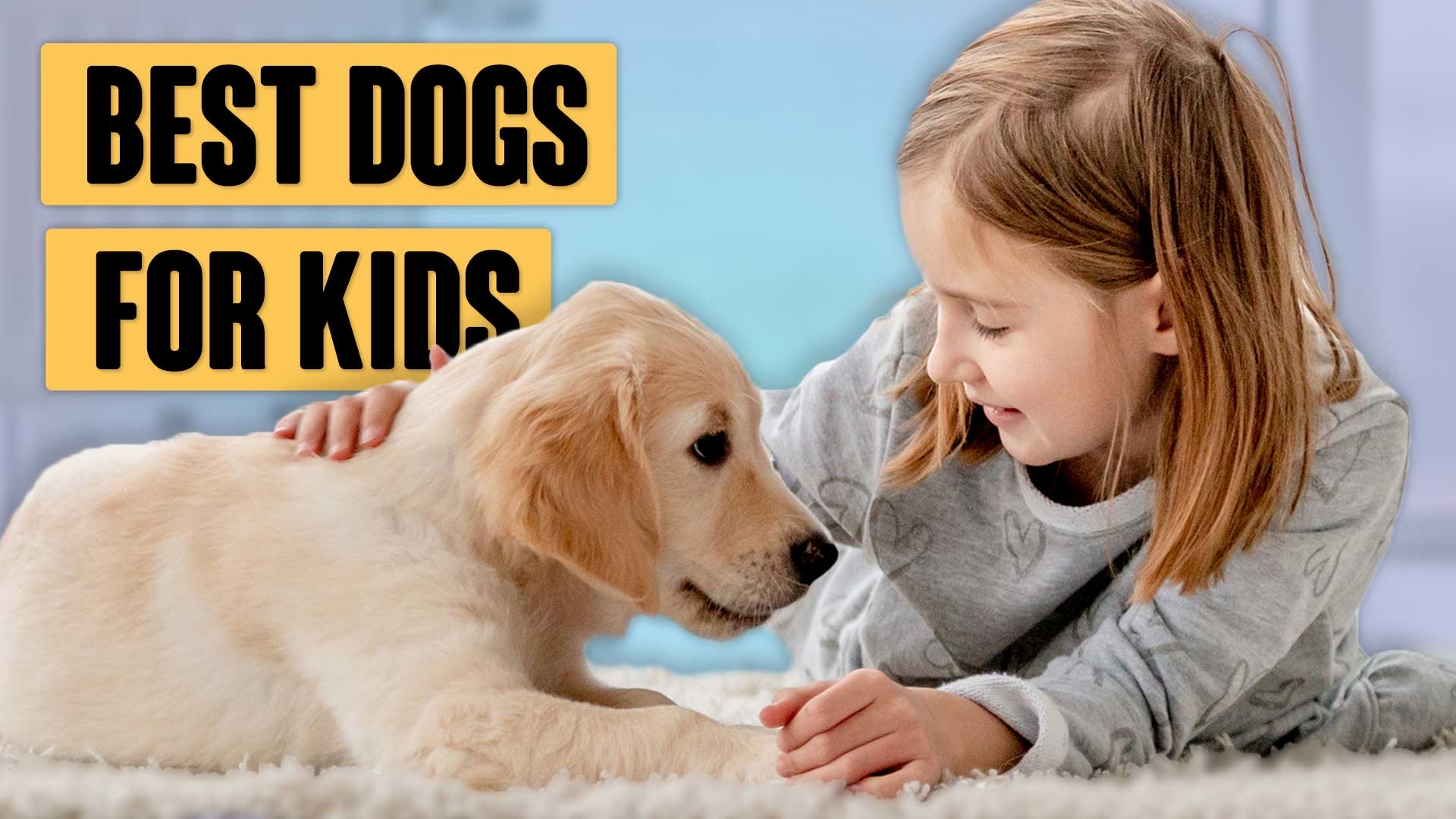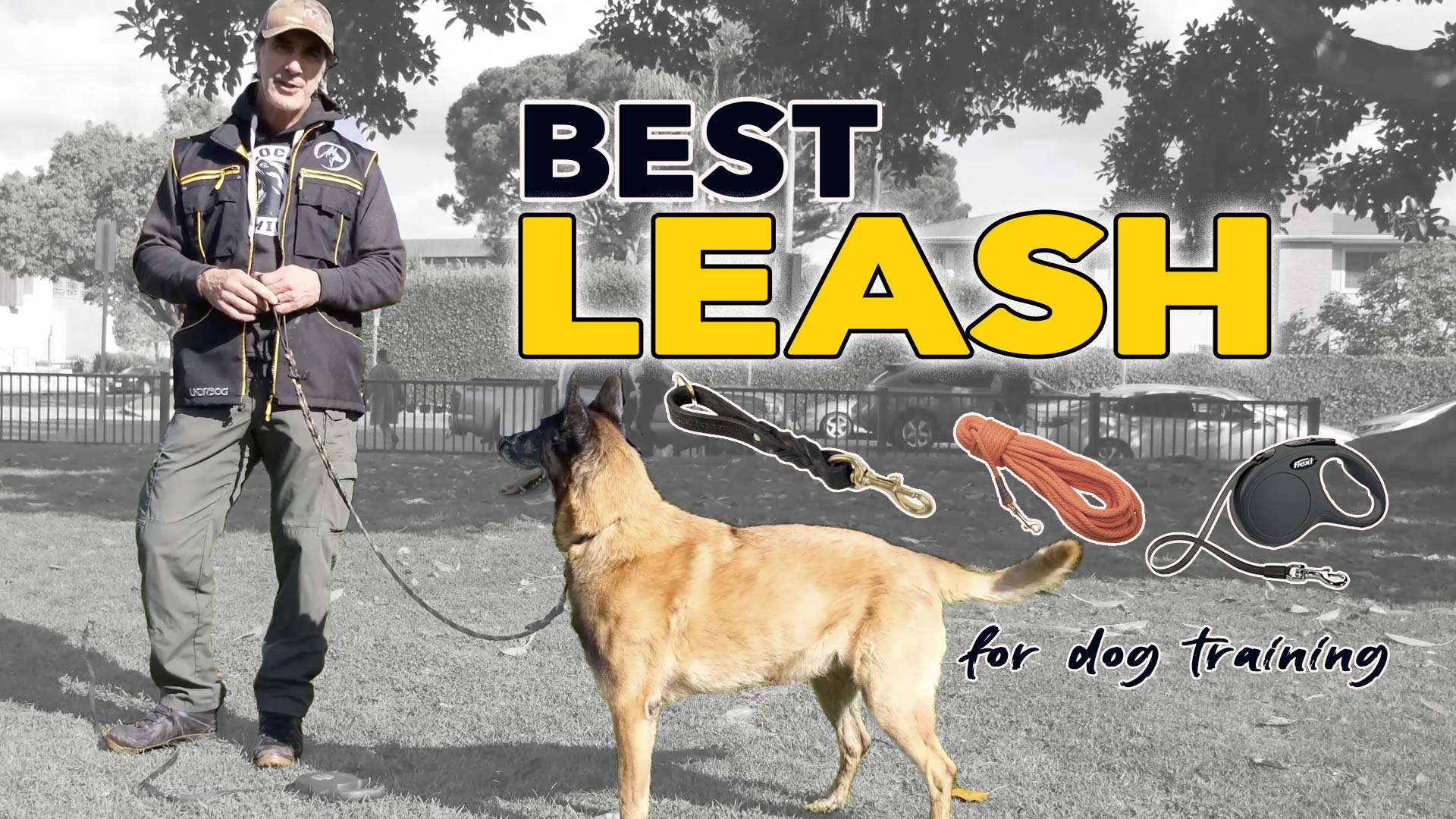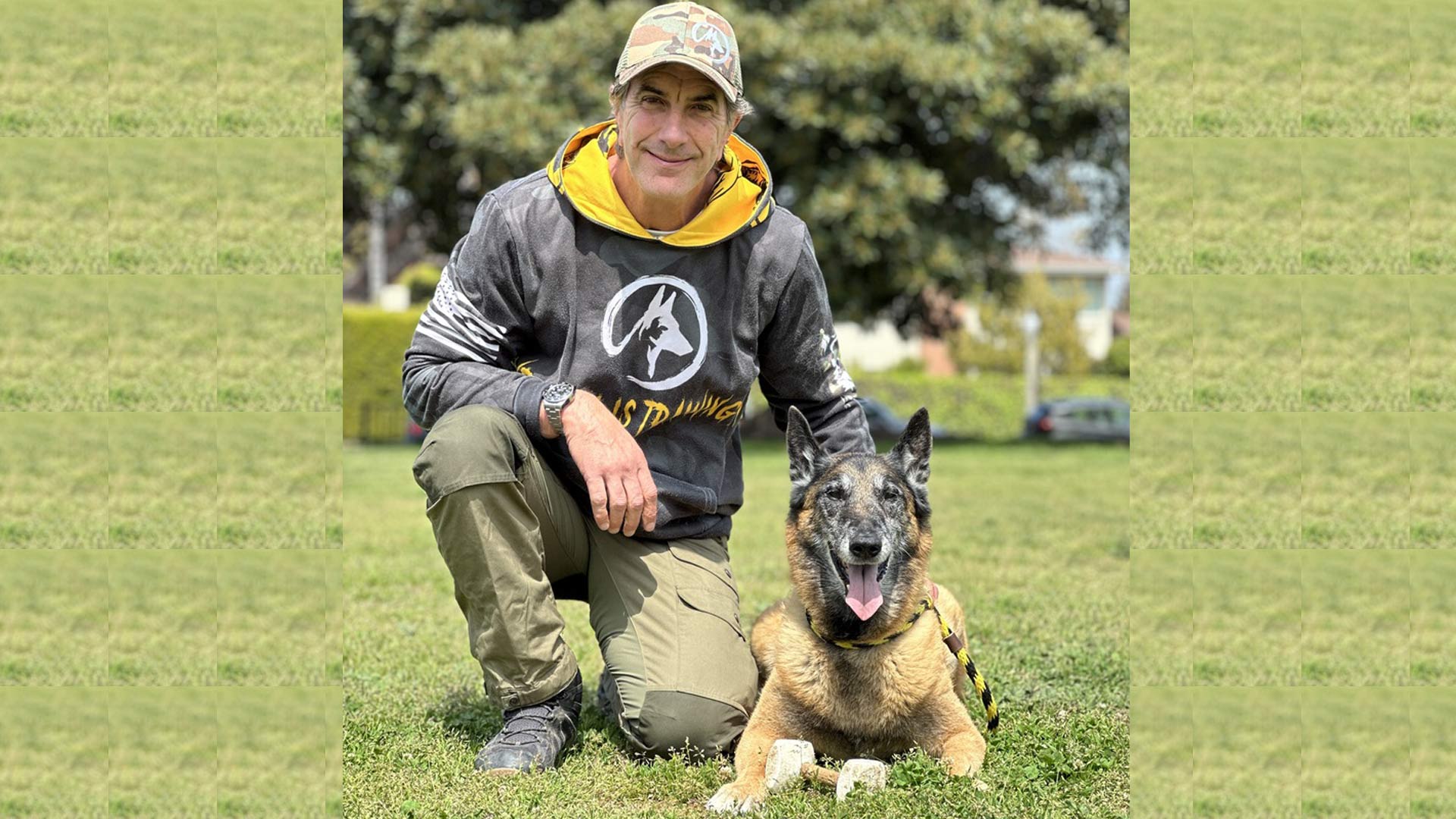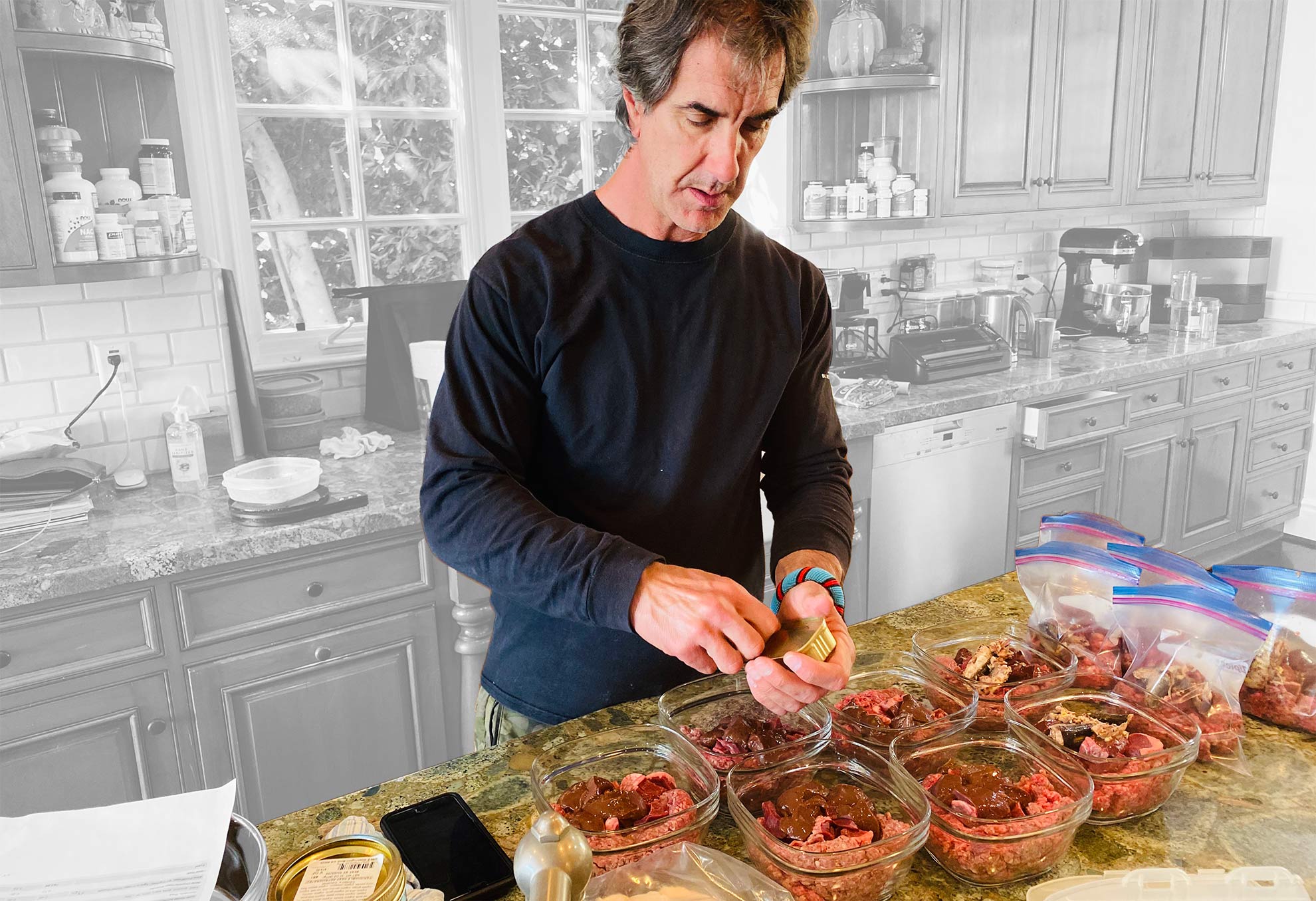Piddlers are dogs that leak a small (sometimes a large amount) when excited. This behavior should not be mistaken with dogs that mark intentionally. There are generally two reasons why dogs piddle, one is due to a physical condition such as bladder problems, but more commonly the issue is behavioral. It is often seen in highly excitable or fearful dogs early on and if its not managed then it can remain a lifelong problem. I’ve seen it in small puppies as well as older dogs. The history of these dogs was completely different in each dog, some were rescues with no idea of their history, some were purebred dogs from breeders. The reason for the behavior, if not medical, is not as important as to focus on the solution.
See: online dog training
As I stated above the issue is most often linked to shy, fearful or excitable dogs. The behavior is almost always shown upon first meeting new people or when they get excited, such as when their humans return from being away. Punishing or correcting a dog for this behavior certainly only makes it worse. Any stressor on the dog increases the likelihood that the dog will continue (or worsen) the behavior. This behavior is not intentional on the dog’s part, but rather completely unbeknownst to the dog. So, in order to remedy the “problem” we need to focus on the picture the dog sees. In order to do that we break it down into gradual introductions to the stimulus that creates the behavior.
- Meeting strangers: In order to counter-condition the dog to this stimulus we need strangers and/or guests to ignore the dog when initially meeting them. If the guests come to your home, ask them to ignore the dog no matter how tempting it may be to interact with the dog. We need the dog to learn to be calm in the presence of the strangers. Eliminating this stress on the dog will relax the muscle enough to keep him/her from piddling. Think about the feeling of your bladder being full and someone making you laugh. You know the expression “I laughed so hard I almost peed my pants.” Well this is akin to the pressure that the dog unwillingly puts on his or her own bladder when getting excited. We want to work to solve the behavior, which is the excitability and then the piddling will stop.
This doesn’t happen instantly, some dogs will still piddle even when ignored. They are still getting excited, even though we are removing the stimulus. This is what I consider the learned behavior. It is the hardwired behavior that the dog still expects will happen and the one the dog responds to rather than the reality. So, we need to teach the dog a new behavior or at least a new interpretation of what he sees. For example a dog that has a learned behavior that someone petting him on the head means he’s going to get hit, will not be simply unlearned because the next three people don’t hit him. It takes time, as will be the case with piddlers. So, just because the dog piddles during our behavior modification process, we don’t stop the process. Instead we continue with the training. I worked with a German Shepherd that took a few months to resolve.
Do not make the mistake of being frustrated when your dog has an accident, instead ignore it. Clean it up and act as though nothing happened. This will eliminate a great deal of stress on the dog. Remember, the behavior is not intentional, it is caused by excitability and stress, reprimanding a dog that is already stressed only makes it worse! Strangers will need to ignore the dog until the excitability of the dog has died down. This generally takes more time for highly excitable dogs, and a good indication of a relaxed dog is one that lies down or one that walks around calmly. If the dog is jumping, barking, nudging for attention or wildly wagging his tail he is still too excited to greet. Once he relaxes and lies down, he will certainly get back up. When he does, a simple Hello and a slight pat on the head will suffice with dogs that we are trying to counter condition. Teaching the dog that we don’t have an expectation relieves the stress on the dog.
Be steadfast with your guests and stress the importance of this. You MUST be your dog’s advocate and look to benefit his welfare first. Teaching dogs to be calm and confident will prevent dogs from becoming piddlers in the first place.
Please be aware that there are some dogs that have medical problems that cause their piddling, if this is the case with your dog it’s highly unlikely that this protocol will work. I would suggest a visit with your local vet to determine if your dog has a medical issue causing the piddling.
- Your Return to Your Home: Piddlers will also piddle when you return from being out for a duration. Again it invokes their excitability and that is what makes them piddle. Your job will be to make returning to the dog a non-event. This is simply done by returning very nonchalantly. Don’t make eye contact, don’t talk to the dog and don’t touch him. The behavior will not be solved instantly, this will take time. Just because he is still piddling after you taking the new approach for a week or so, don’t give up. Remember, the dog is not marking or peeing, this is an involuntary behavior that the dog cannot control.
You will teach the dog that your arrival is not an event and nothing to get too excited about. Teaching him to be calm will be the most important step in eliminating the piddling. Petting your dog, engaging with him, talking to him, playing with him and any other interaction (obviously) excites your dog. The excitability causes the piddling: Lose the excitability, you lose the piddling. Create a series of habits that you will do when you return home: check your mail, take off your shoes, and put down your keys, anything to allow your dog to decompress. This is similar to the process we use to break the behavior of Separation Anxiety.
Dogs that are calm, generally don’t exhibit piddling behavior. Dogs that are cute and playful as well as those that are fearful are often the victims of people who stress the dogs to the point of becoming piddlers. Vets, dog owners as well as potential adopters often misdiagnose this behavior. It is difficult to remedy, but it is important to understand that these dogs have little chance of being adopted, since no one wants a dog that leaks pee everywhere. I encourage you to do the work to help remedy this problem. It’s not a lot of work, but it takes time and patience, and it takes the cooperation of your friends and family. Do not allow people to interact with your dog that are not on your team to help your dog during this training process. It may seem a bit abrupt to some people, but this is in the best interest of your dog. If people don’t want to be on the team of helping your dog, then don’t have them over until you solve the problem. I go through this when I train new puppies, I don’t allow to many people to interact with the dog in ways I don’t approve of. If they can’t listen to my requests, I don’t have them over.


